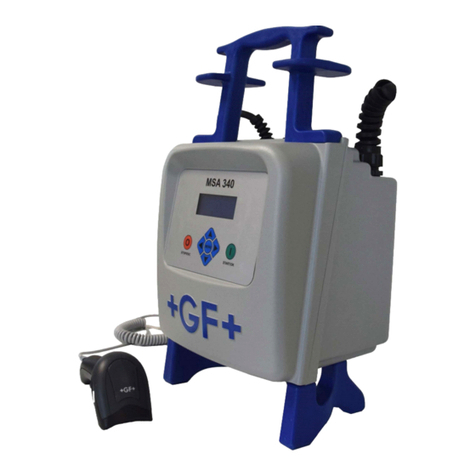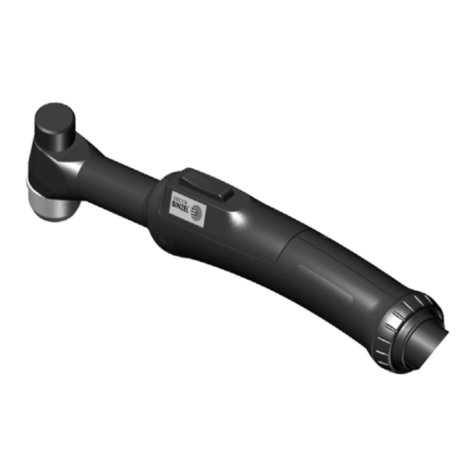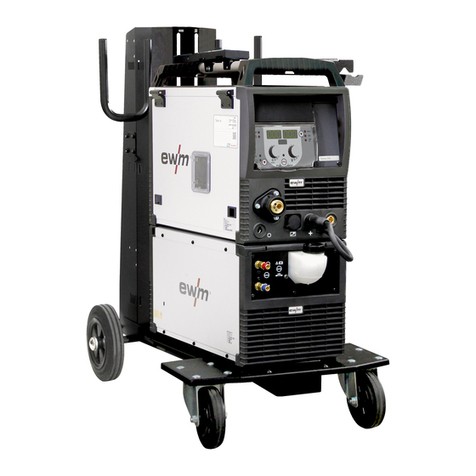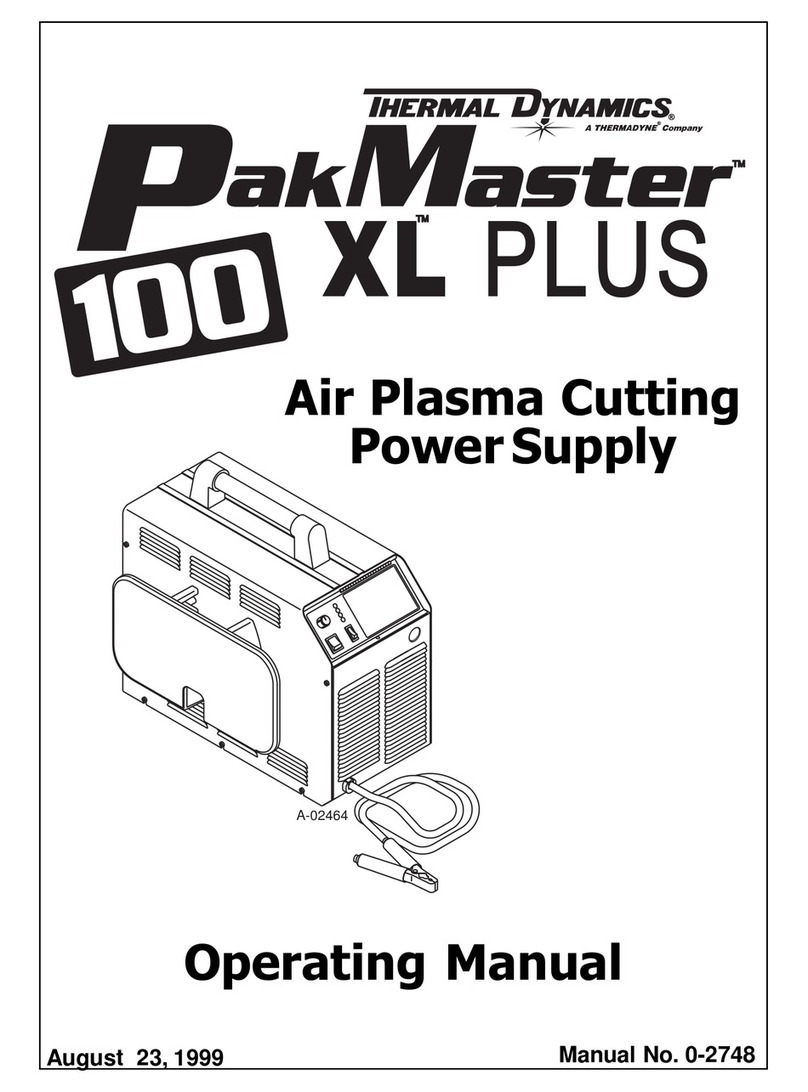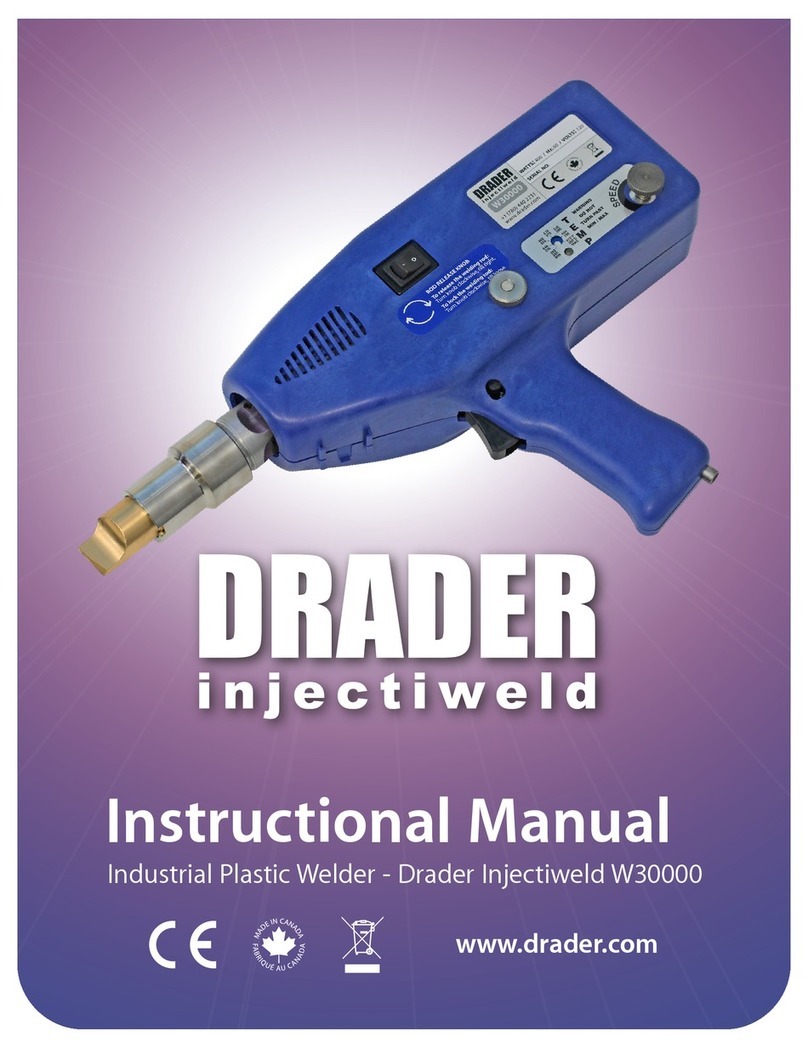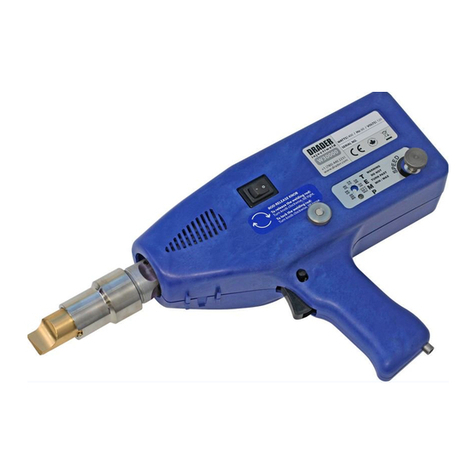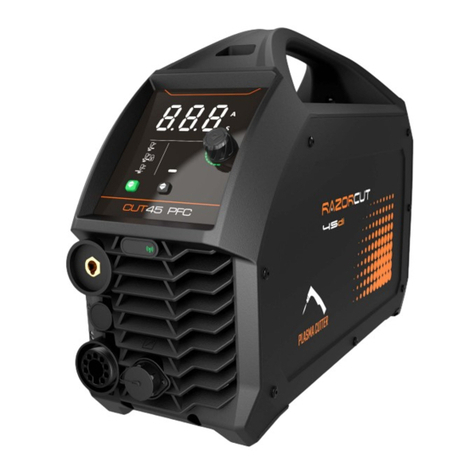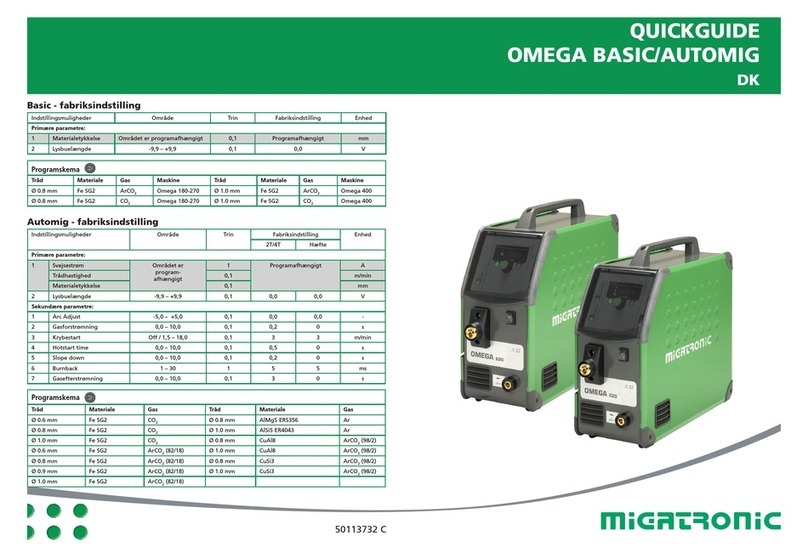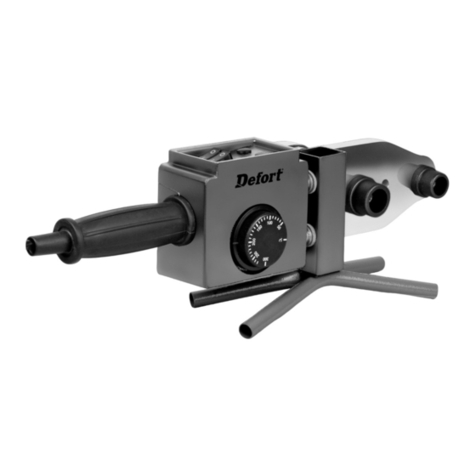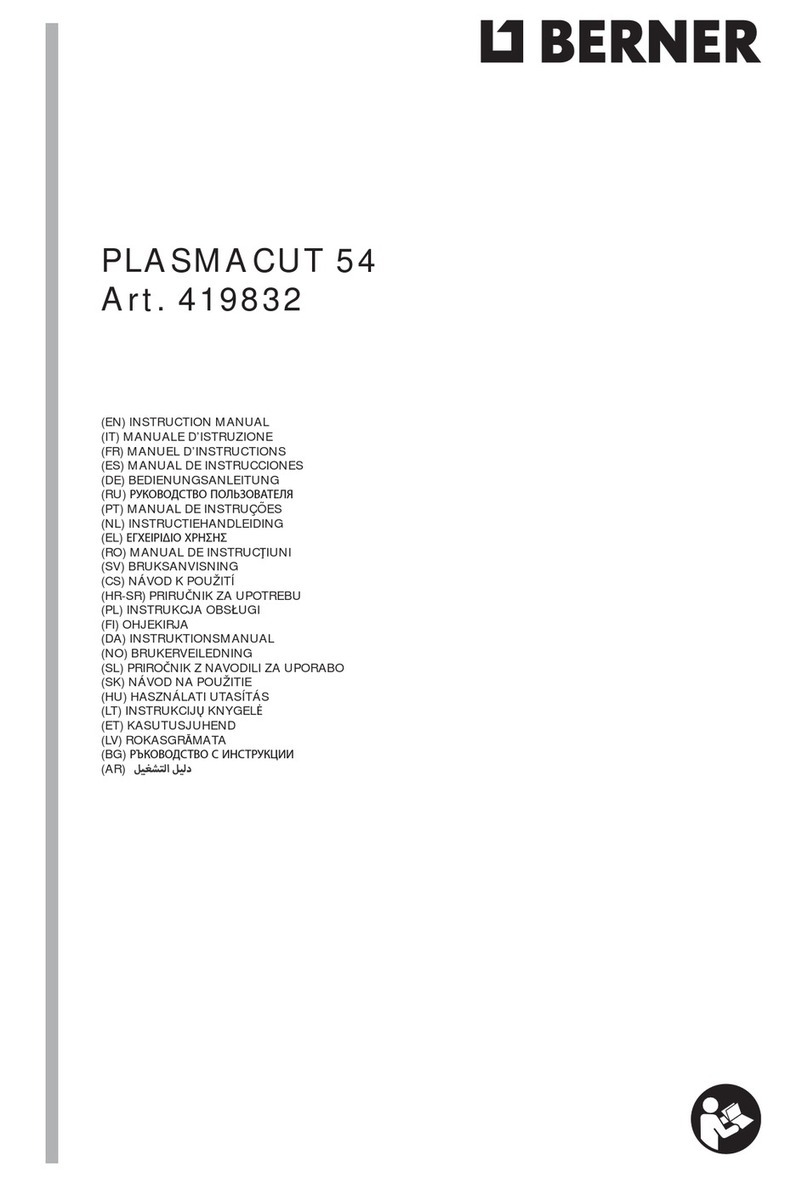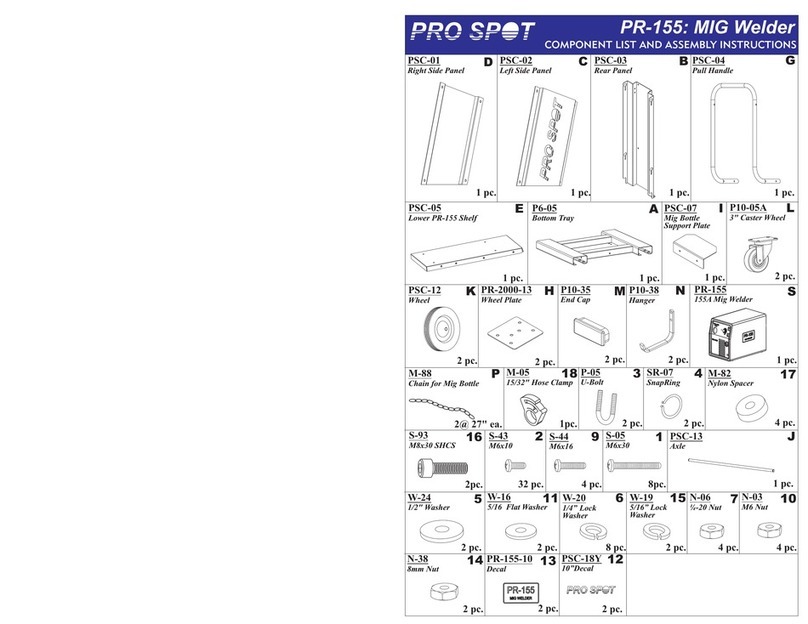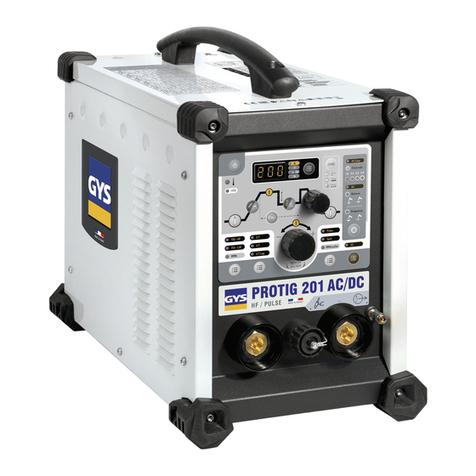Page | 2
Table of Contents
Congratulations on your purchase of Drader Manufacturing’s plastic welding equipment .....................................................3
1. Read These Instructions to Protect Yourself and Others........................................................................................4
2. General Information...................................................................................................................................................4
3. Safety..........................................................................................................................................................................5
4. New Welder Details ...................................................................................................................................................6
5. Parts and Service.......................................................................................................................................................6
6. Operating Instructions...............................................................................................................................................7
Unpack the welder and inspect the contents .............................................................................................................................7
The heated barrel and tip system ...............................................................................................................................................8
Welding Tip Selection..................................................................................................................................................................8
Changing tips –The welder should be hot, but turned off ........................................................................................................9
Connect the air supply...............................................................................................................................................................10
Plug the welder into an appropriate electrical outlet .............................................................................................................11
Set the temperature, then turn the welder on...........................................................................................................................11
Temperature settings –Drader Injectiweld..............................................................................................................................12
Feed the welding rod into the welder........................................................................................................................................13
Make Welds ...............................................................................................................................................................................14
7. Proper Welding Techniques –General Considerations ....................................................................................... 15
8. Proper Welding Techniques –Drader Injectiweld ................................................................................................ 16
9. Proper Welding Techniques –Drader Injectiweld –Fillet welds ......................................................................... 17
10. Proper Welding Techniques –Drader Injectiweld –Butt Welds........................................................................ 18
11. Daily Maintenance –Drader Injectiweld ............................................................................................................. 19
12. RoHS and WEE compliance on Drader Injectiweld Products............................................................................. 20

